Abaxis VetScan HM5 User manual
Other Abaxis Measuring Instrument manuals
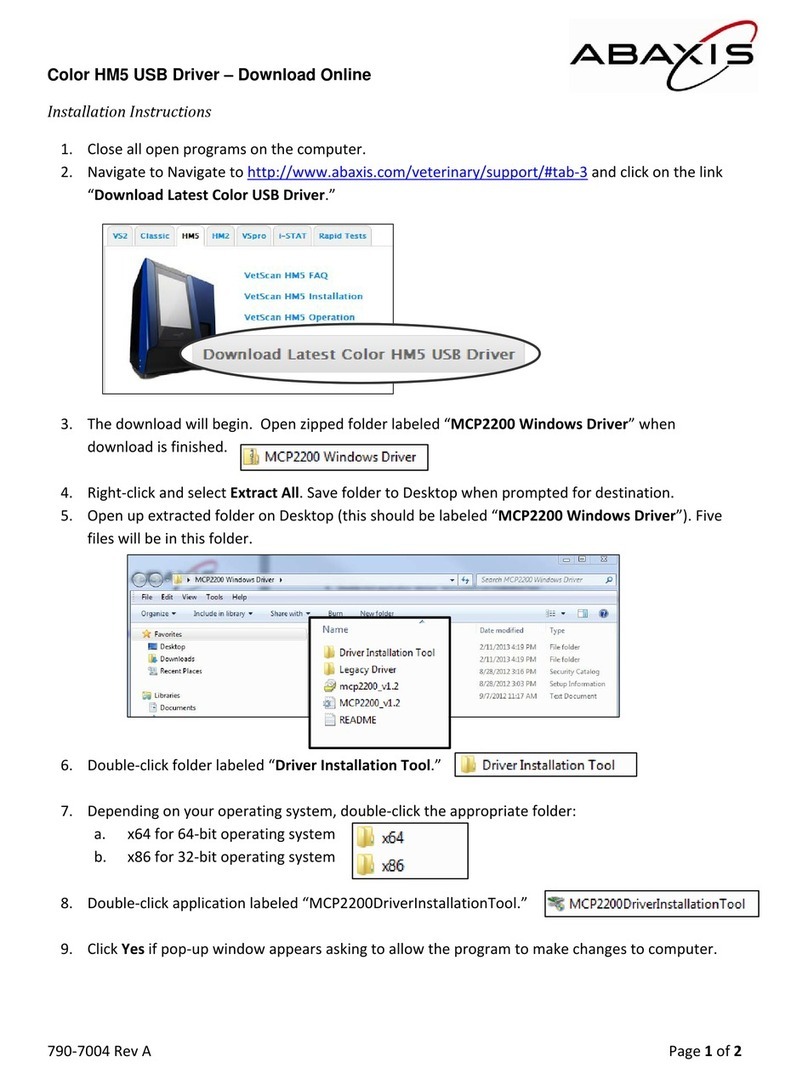
Abaxis
Abaxis VetScan HM5 User manual
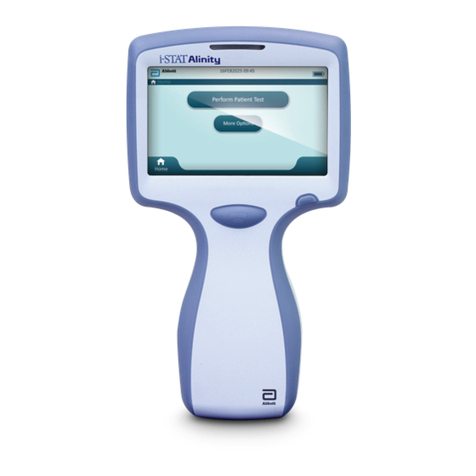
Abaxis
Abaxis i-STAT Alinity v User manual

Abaxis
Abaxis VetScan HM5 User manual
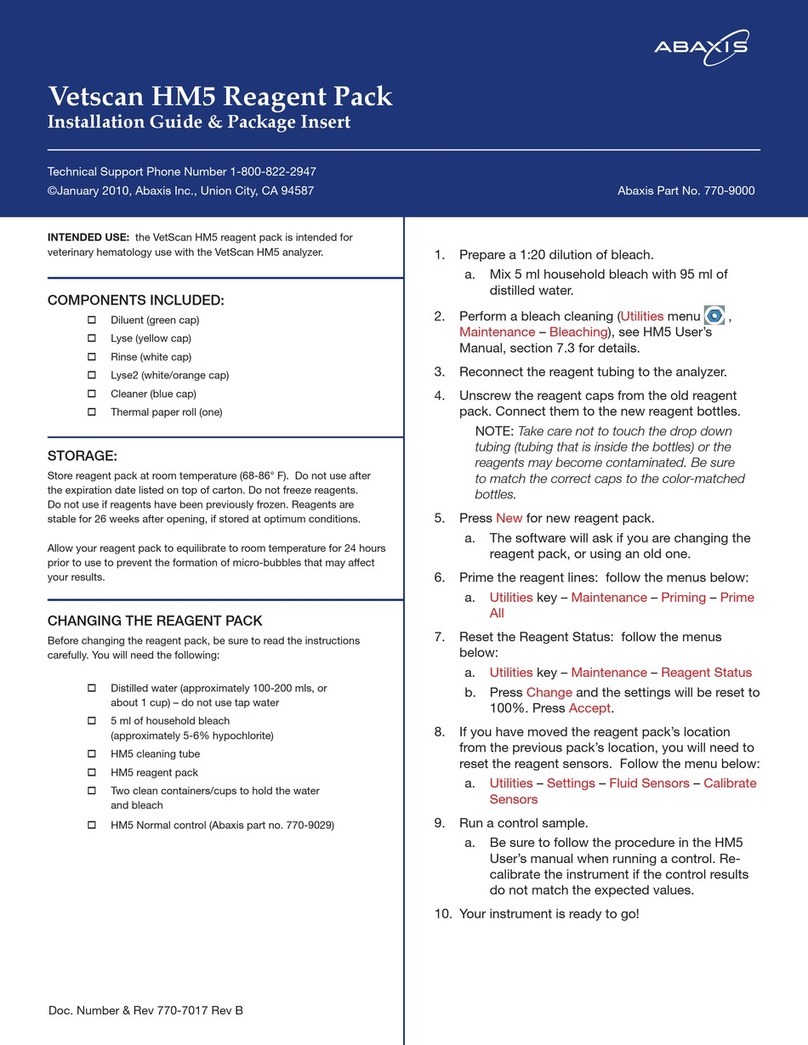
Abaxis
Abaxis VetScan HM5 User manual

Abaxis
Abaxis VetScan vs2 User manual
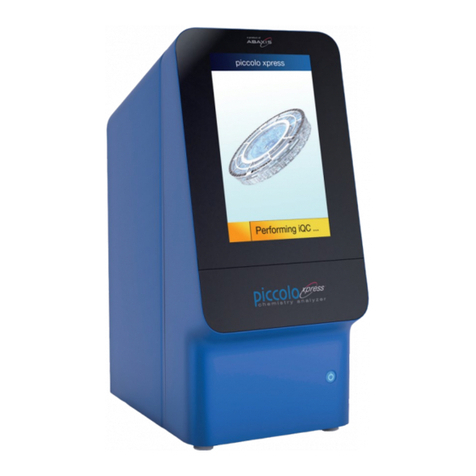
Abaxis
Abaxis Piccolo Xpress AB-801-110-0000 User manual

Abaxis
Abaxis VetScan SA User manual

Abaxis
Abaxis VetScan HM5 User manual
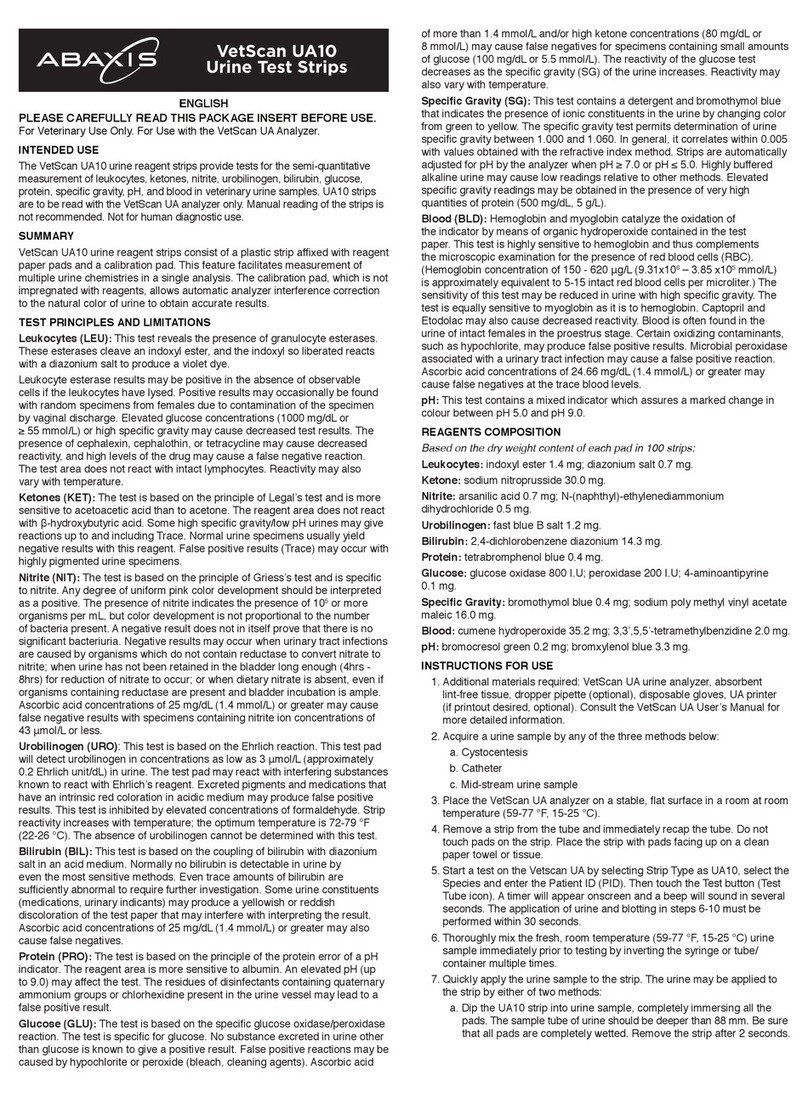
Abaxis
Abaxis VetScan UA10 User manual
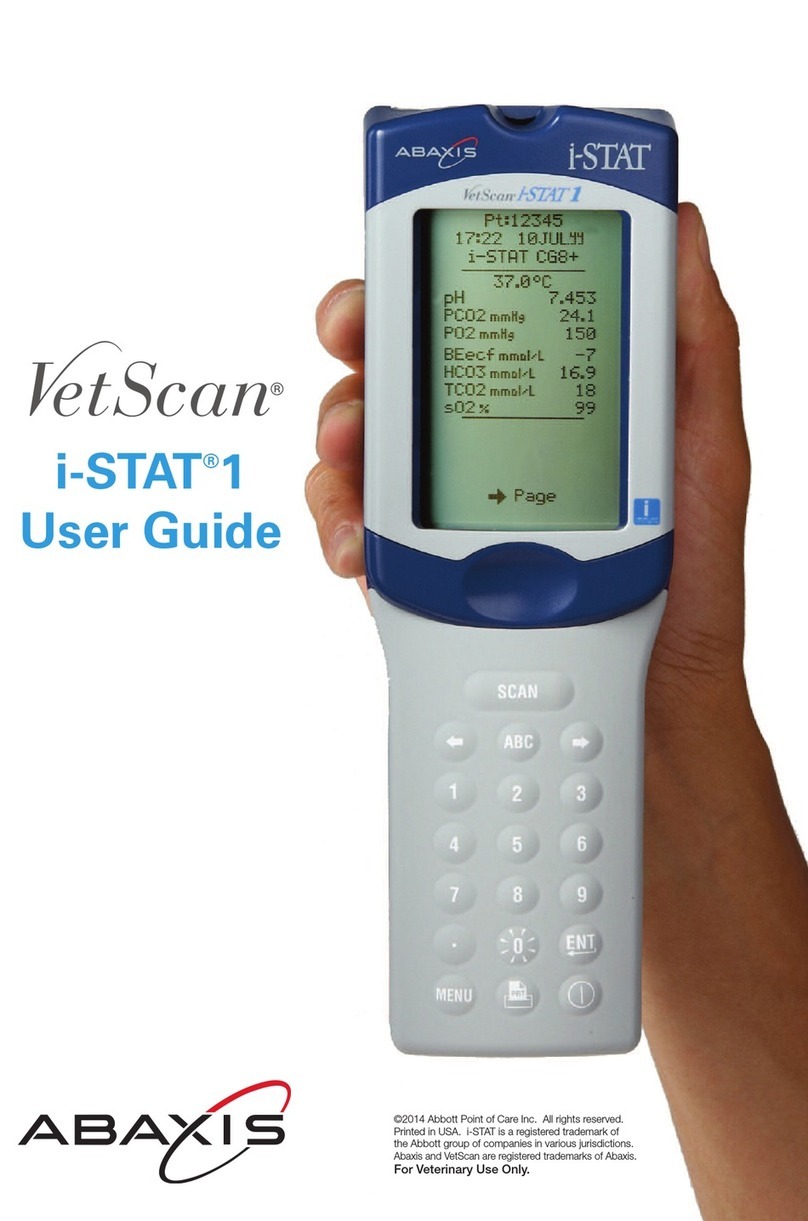
Abaxis
Abaxis VetScan i-STAT 1 User manual
Popular Measuring Instrument manuals by other brands

Powerfix Profi
Powerfix Profi 278296 Operation and safety notes

Test Equipment Depot
Test Equipment Depot GVT-427B user manual

Fieldpiece
Fieldpiece ACH Operator's manual

FLYSURFER
FLYSURFER VIRON3 user manual

GMW
GMW TG uni 1 operating manual

Downeaster
Downeaster Wind & Weather Medallion Series instruction manual

Hanna Instruments
Hanna Instruments HI96725C instruction manual

Nokeval
Nokeval KMR260 quick guide

HOKUYO AUTOMATIC
HOKUYO AUTOMATIC UBG-05LN instruction manual

Fluke
Fluke 96000 Series Operator's manual

Test Products International
Test Products International SP565 user manual

General Sleep
General Sleep Zmachine Insight+ DT-200 Service manual















